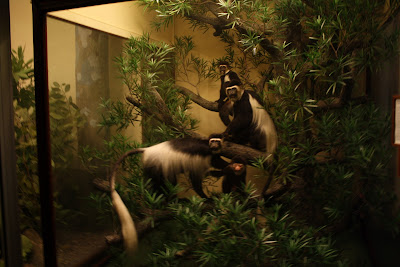A posting on a museum message board pointed me in the direction of the Whitney's new membership program, Curate Your Own Membership, and I think I'm in love. There is so much awesomeness here, let's just dive right in.
This membership program is based on the five main reasons patrons have given for becoming museum members: Social, Insider, Learning, Family, and Philanthropy, and developed special benefits geared toward each section. Each section gets the same core benefits, but also adds specific perks based on interest. Insiders get more behind-the-scenes access, and Families get stroller discounts and kid-friendly activities. It's a great way to target benefits and really let people tailor the way they experience their museum. Even better, the memberships aren't mutually exclusive--even if you're most interested in insider access, you can add the Family benefits to your membership for an additional fee (or the Learning benefits, or Philanthropy, or all of them). The rates are all competitive, and the tagline, "Curate Your Own Membership" is pithy, museumy, and appropriate. This is so much win.
Thinking like this is exactly what more museums need--taking a look at a solid museum institution like the Membership Department and rethinking it in a way that is fresh and new without devaluing the product or getting too far from your core constituents. Separating out the benefits into these different series allows the Whitney to offer more a more comprehensive list of member benefits without losing money on the deal, and keeps the museum relevant in the public eye.
When I shared this link with a colleague today, the response I got was, "Oh, I wish we could do things like this here," and that thinking is exactly the problem a lot of museums have. They have wonderful collections, dedicated staff and good programs, but they can't break out from the mold they've always occupied. And perhaps this is an inherent fault with our profession, especially when it comes to history-based museums; we're so busy preserving the past that we aren't always able to look to the future. The Whitney has definitely broken that mold with this membership offering, and I'm hopeful that more institutions will follow their lead.








